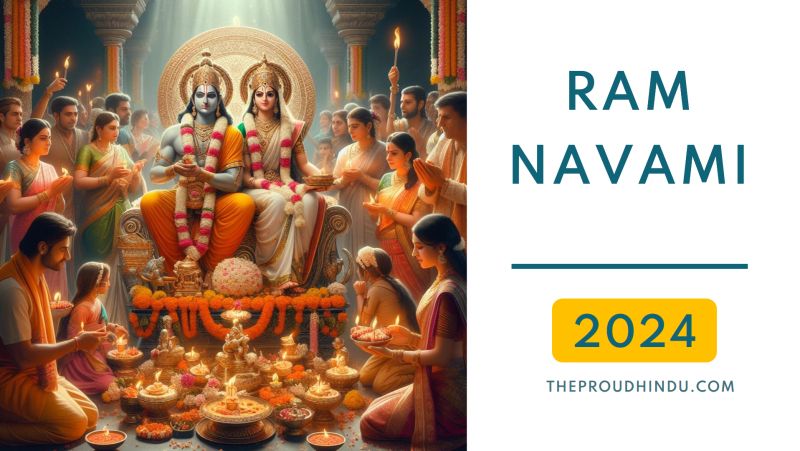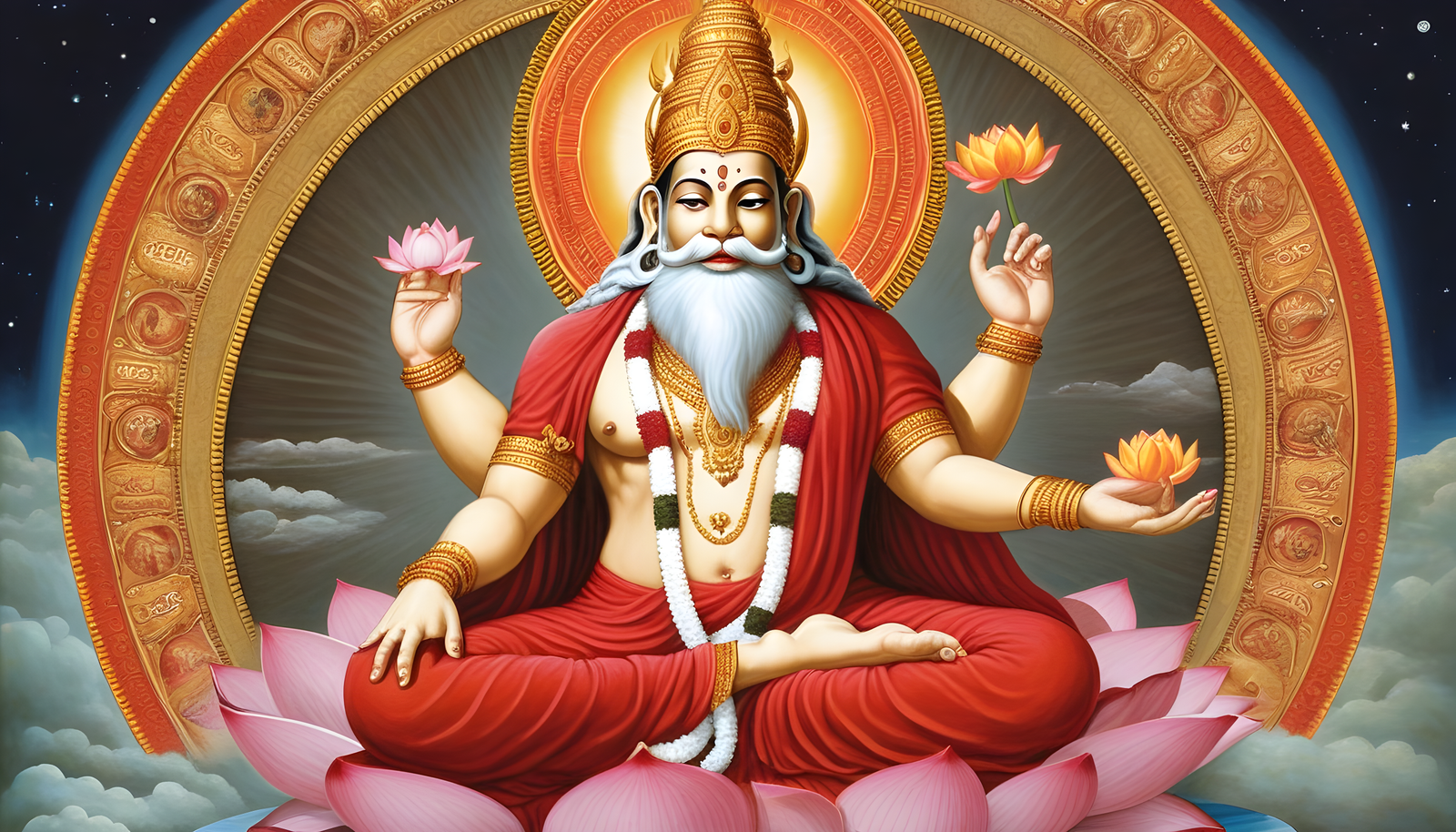
About Mahalaya Amavasya 2025
Mahalaya Amavasya (Tamil : மகாலய அமாவாசை) is a significant day observed in Hindu culture, marking the beginning of the auspicious period known as Pitru Paksha. Falling on the last day of the dark fortnight in the lunar month of Ashwin, this day holds immense reverence for paying homage and offering prayers to ancestors and departed souls. Hindus perform rituals and ceremonies, such as Tarpana (offering of water), to honor and seek blessings for their deceased ancestors. It is believed that performing these rituals during Mahalaya Amavasya helps the departed souls attain peace and liberation. Additionally, it serves as a period for self-reflection, repentance, and seeking forgiveness for past wrongdoings while preparing for the upcoming festive season. Many people also listen to the recitations of "Mahalaya" or "Mahishasura Mardini Stotram," an invocation of Goddess Durga's strength and victory, signifying the onset of Navratri and Durga Puja festivities in some parts of India.
Mahalaya Amavasya 2025 Date
Mahalaya Amavasya 2025 will be celebrated in India on Sunday, 21 September 2025
What Is The Significance Of Mahalaya Amavasya In Hinduism
Mahalaya Amavasya holds profound significance in Hinduism, particularly within the context of Pitru Paksha, a 16-day lunar period dedicated to honoring and paying respects to ancestors and departed souls. The day marks the beginning of this fortnight-long observance, considered highly auspicious for performing rites and rituals for the departed ancestors (pitru) to grant them peace and salvation.
The significance of Mahalaya Amavasya lies in its role as a time for expressing gratitude, seeking blessings, and acknowledging the contributions of ancestors. Hindus perform various rituals, including Tarpana (offerings of water), Pinda Pradaan (offering rice balls), and recitations of sacred verses, to pay homage to their forefathers. It is believed that during this period, the spirits of ancestors visit the Earth, and by offering prayers and performing rituals, their souls can find solace and move towards spiritual liberation.
Mahalaya Amavasya also serves as a reminder of the cycle of life and death, emphasizing the importance of respecting and remembering one's roots and ancestry. It encourages reflection on the values, traditions, and heritage passed down by previous generations while seeking their blessings for the well-being and prosperity of the living descendants.
Moreover, this day sets the stage for upcoming festive celebrations like Navratri and Durga Puja in some regions, marking the commencement of preparations for invoking the divine feminine energies and celebrating the triumph of good over evil.
What Are The Rituals Performed During Mahalaya Amavasya
Mahalaya Amavasya is a day of significant observances and rituals dedicated to honoring ancestors and departed souls. Some of the prominent rituals performed during Mahalaya Amavasya include:
1. Tarpana: Tarpana is a crucial ritual performed by offering water mixed with sesame seeds, barley, or black sesame seeds (til) to the departed souls. This act is conducted facing the south direction while invoking the ancestors' names and lineage, seeking their blessings, and expressing gratitude.
2. Pinda Pradaan: This ritual involves offering rice balls or pindas to satisfy the departed ancestors' spiritual needs. These offerings are made with rice, barley, black sesame seeds, and sometimes milk and honey, signifying nourishment for the souls.
3. Recitation of Sacred Verses: Chanting of mantras, hymns, and prayers from sacred texts like the Vedas, Puranas, or specific ancestral verses (pitru stotras) is common during Mahalaya Amavasya. These recitations are believed to invoke blessings for the deceased and offer spiritual elevation.
4. Visiting Holy Sites and Rivers: Some people visit sacred sites, temples, or rivers considered auspicious for performing ancestral rituals on Mahalaya Amavasya. They offer prayers and perform Tarpana and Pinda Pradaan rituals near these holy places.
5. Offerings and Charity: Donating food, clothes, or performing acts of charity in the name of ancestors is considered auspicious on this day. Offering food to the needy or supporting charitable causes is believed to earn merit for the departed souls.
6. Listening to "Mahalaya" Broadcast: In some regions, people listen to the recitation of "Mahalaya" or "Mahishasura Mardini Stotram," an invocation of Goddess Durga's strength and victory. It signifies the onset of Navratri and Durga Puja festivities in parts of India.
These rituals during Mahalaya Amavasya are performed with reverence and devotion to honor ancestors, seek their blessings, and provide spiritual upliftment for the departed souls. They symbolize gratitude, remembrance, and the continuity of family traditions within Hindu culture.
How Is Mahalaya Amavasya Celebrated In Different Parts Of India
Mahalaya Amavasya, the day marking the commencement of Pitru Paksha, is observed with variations in rituals and customs across different regions of India. Here's a glimpse of how Mahalaya Amavasya is celebrated in various parts of the country:
1. West Bengal: In West Bengal, Mahalaya Amavasya heralds the beginning of Durga Puja preparations. Early in the morning, people listen to the radio program "Mahishasura Mardini," a recitation of hymns invoking Goddess Durga's victory over the demon Mahishasura. Devotees offer prayers and perform rituals in honor of their ancestors by the banks of the Ganges. The week-long Durga Puja festivities commence soon after Mahalaya.
2. Kerala: Mahalaya Amavasya is observed as Pithru Tharpanam day in Kerala. Hindus perform rituals by offering prayers and tarpana (offerings of water) to departed ancestors at home or in temples. People visit riverbanks or beaches to perform these rituals.
3. Tamil Nadu: Mahalaya Amavasya, known as Mahalaya Paksha, is a time for performing rituals to honor ancestors. Families offer pindas (rice balls) to departed souls and perform tarpana rituals at temples or near water bodies. It is considered an important day to pay homage to ancestors.
4. Maharashtra: In Maharashtra, families perform rituals like Tarpana and Pinda Pradaan to honor ancestors on Mahalaya Amavasya. People visit temples or perform rituals near riverbanks, offering prayers and expressing gratitude to their forefathers.
5. Gujarat: Mahalaya Amavasya is observed with prayers, Tarpana, and Pinda Pradaan rituals by families in Gujarat. They visit temples and perform ancestral rituals near water bodies, offering food and water to deceased ancestors.
6. Andhra Pradesh and Telangana: In these states, Mahalaya Amavasya is known as Mahalaya Pindaanam or Mahalaya Shraddham. Families perform rituals, offer pindas, and make offerings to ancestors at home or in temples. They also visit riverbanks or holy places to perform these rituals.
While the core essence of honoring ancestors and performing rituals remains consistent, the specific customs, prayers, and ways of observing Mahalaya Amavasya vary based on regional traditions and cultural practices prevalent in different parts of India.
Mahalaya Amavasya Date
| Year | Date | Day |
|---|---|---|
| Mahalaya Amavasya 2023 Date | 13 October 2023 | Friday |
| Mahalaya Amavasya 2024 Date | 02 October 2024 | Wednesday |
| Mahalaya Amavasya 2025 Date | 21 September 2025 | Sunday |
| Mahalaya Amavasya 2026 Date | 10 October 2026 | Saturday |
| Mahalaya Amavasya 2027 Date | 29 September 2027 | Wednesday |
You may also like …
Are You The Proud Hindu?
The Trimurti
Create an account to join us and start taking part in conversations.
SIGNIN































